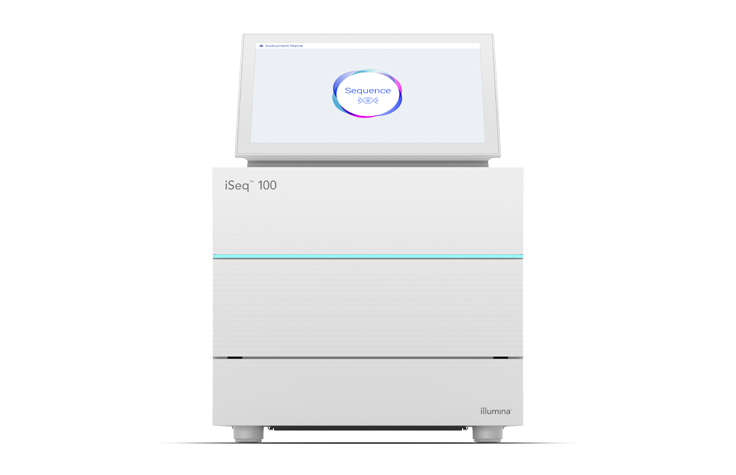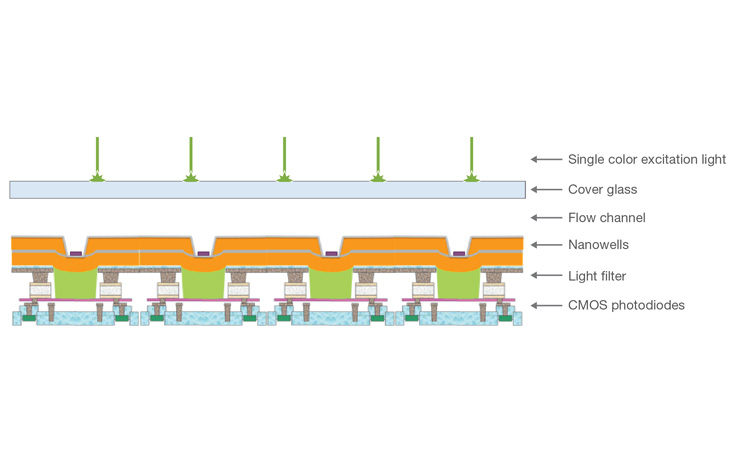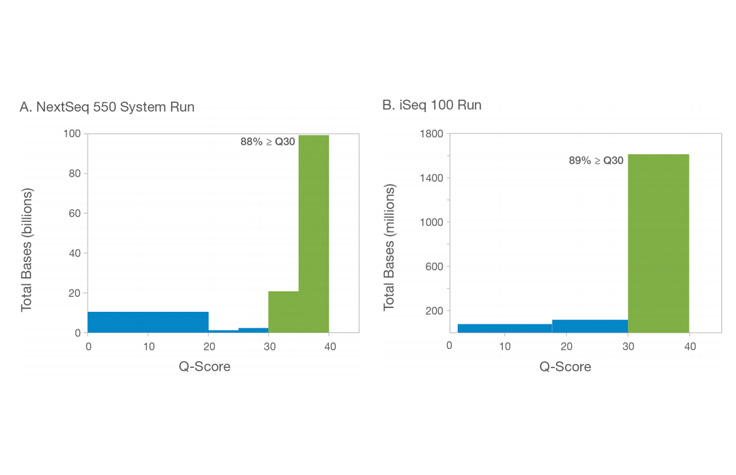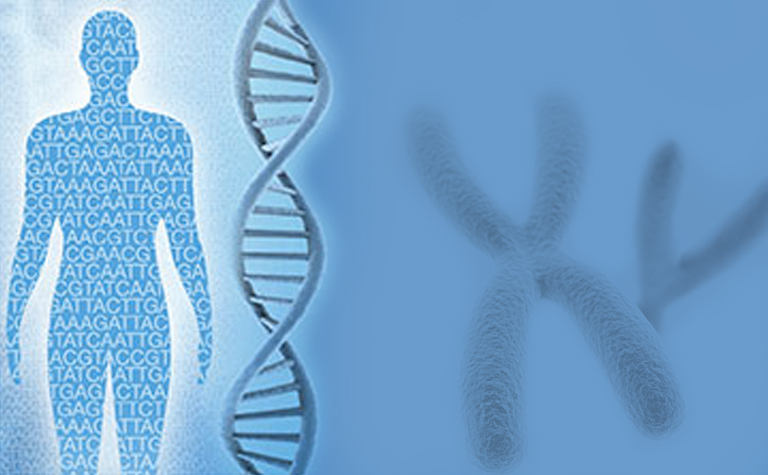Semiconductor Sequencing with CMOS Technology
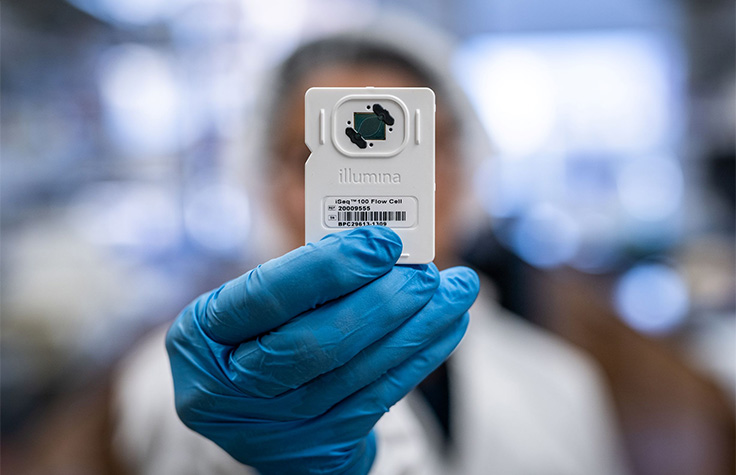
What is Semiconductor Sequencing?
Our semiconductor sequencing technology uses a semiconductor chip along with sequencing by synthesis (SBS) chemistry. Over time, our optical systems have evolved to include four-, two-, and one-channel detection methods. The number of channels indicates how many colors of light the system can detect.
The one-channel detection system, also known as one-channel SBS, is part of the Illumina semiconductor sequencing method. It couples SBS with complementary metal-oxide semiconductor (CMOS) technology. The iSeq 100 System uses one-channel SBS on a CMOS chip to deliver high-accuracy data in a compact benchtop system.
Benefits of Illumina Semiconductor Sequencing
Unlike other semiconductor-based sequencers, all Illumina instruments are built on the accuracy of sequencing by synthesis. The base-by-base nature of SBS delivers highly accurate sequencing data even in homopolymer regions, a high yield of error-free reads, and a high percentage of base calls above Q30.1-3
By pairing CMOS technology with SBS, semiconductor sequencing on the iSeq 100 System offers several advantages compared to non-CMOS instruments:
- Lower instrument costs
- Smaller instrument footprint
- Shorter imaging time
- Simplified NGS chemistry and optics
- Clustering and sequencing all on one instrument
Evolution of Illumina Sequencing Chemistry
Four-channel chemistry uses a mixture of nucleotides labeled with four different fluorescent dyes. Two-channel chemistry uses two different fluorescent dyes, and one-channel chemistry uses only one dye. The images are processed by image analysis software to determine nucleotide identity.
How CMOS Technology Works
The iSeq 100 System uses a patterned flow cell with nanowells fabricated over a CMOS chip. Each well in the flow cell is aligned over a CMOS photodiode. During cluster generation, distinct DNA fragments are amplified in each well, resulting in clonal clusters. During each imaging step, the CMOS sensor detects light emissions at the bottom of each well.
SBS Accuracy with Semiconductor Sequencing
One-channel SBS with CMOS technology on the iSeq 100 System delivers the same high data quality as other Illumina instruments.4 Sequencing data accuracy is measured by quality scores. A quality score of 30 (Q30) represents a predicted base call accuracy of 99.9%. The iSeq 100 System delivers > 80% of base calls over Q30.
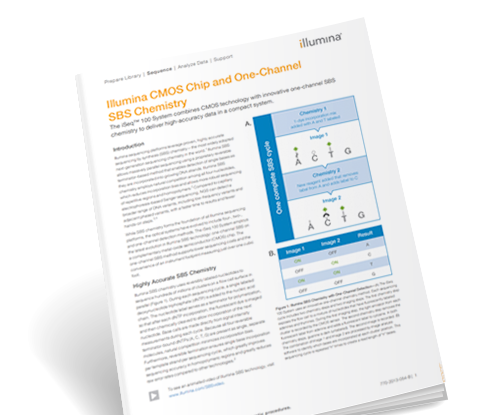
Semiconductor Sequencing Technology Spotlight
Get the details on how one-channel SBS and CMOS technology deliver high-accuracy data in the compact iSeq 100 System. This document contains an in-depth description of how CMOS works.
Read Technical NoteAdditional Resources
Interested in receiving newsletters, case studies, and information from Illumina based on your area of interest? Sign up now.
Related Solutions
Next-Generation Sequencing (NGS)
Discover the broad range of experiments you can perform with next-generation sequencing, and find out how Illumina NGS works.
Sequencing by Synthesis (SBS) Technology
Illumina sequencing technology, sequencing by synthesis, enables exceptional data accuracy for a broad range of applications.
Patterned Flow Cell Technology
Fixed spacing of sequencing clusters with defined feature sizes contributes to increased data output, reduced costs, and faster run times.
References
- Bentley DR, Balasubramanian S, Swerdlow HP, et al. Accurate whole human genome sequencing using reversible terminator chemistry. Nature. 2008;456(7218):53-59.
- Ross MG, Russ C, Costello M, et al. Characterizing and measuring bias in sequence data. Gen Biol. 2013;14:R51.
- Nakazato T, Ohta T, Bono H. Experimental design-based functional mining and characterization of high-throughput sequencing data in the sequence read archive. PLoS One. 2013;22;8:e77910.
- Illumina (2018) Illumina CMOS Chip and One-Channel SBS Chemistry. Accessed January 22, 2019.
